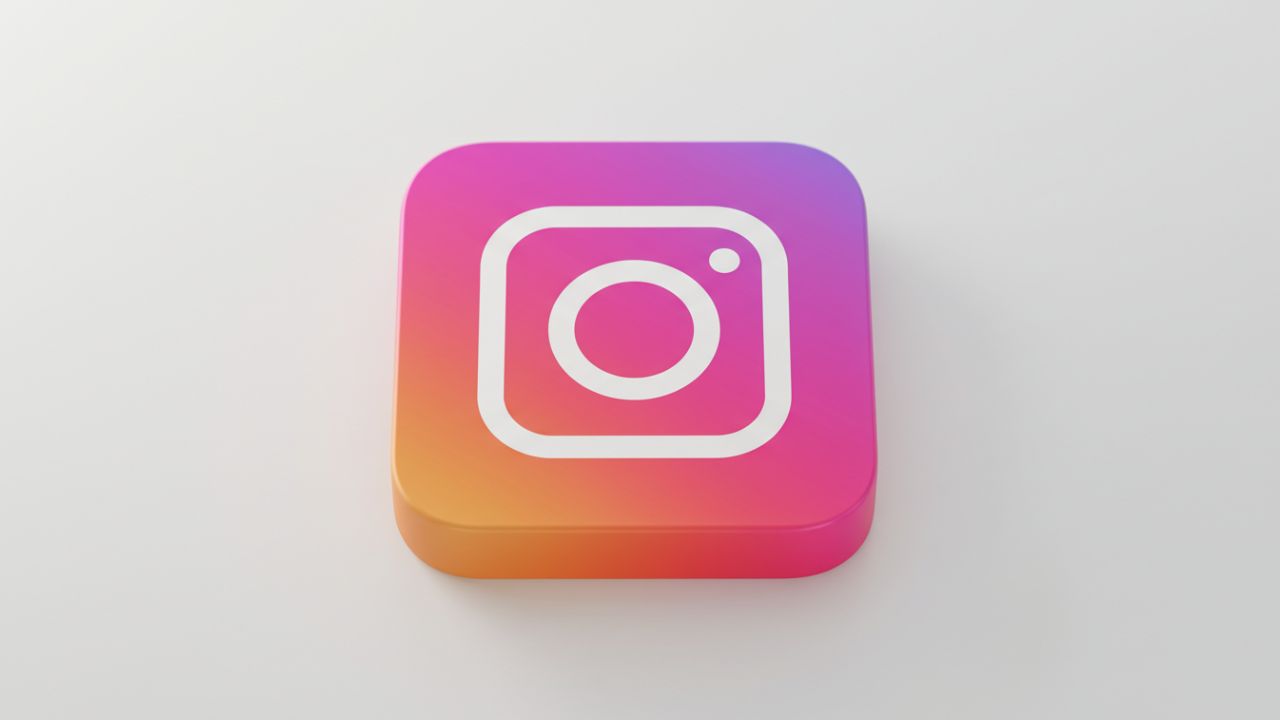In the digital age, social media platforms have become indispensable tools for businesses aiming to connect with their audiences. Among these platforms, Instagram stands out as a visual powerhouse, with over 1.4 billion monthly active users as of 2023. Owned by Meta, Instagram has evolved from a photo-sharing app to a critical marketing channel, offering businesses unparalleled opportunities to engage with consumers through targeted advertising. This article explores the intricacies of Instagram advertising, covering strategies, ad formats, best practices, challenges, and emerging trends, providing a roadmap for businesses to leverage this platform effectively.
1. The Rise of Instagram as a Marketing Platform
Instagram’s journey began in 2010 as a minimalist app for sharing filtered photos. Its acquisition by Facebook (now Meta) in 2012 marked the beginning of its transformation into a marketing juggernaut. Key milestones include:
- Introduction of Business Profiles (2016): Allowed companies to access analytics, contact buttons, and ad creation tools.
- Launch of Instagram Shopping (2018): Enabled product tagging and in-app purchases.
- Expansion of Reels (2020): Capitalized on short-form video trends, competing with TikTok.
Today, 90% of users follow at least one business account, and 50% of users report increased interest in a brand after seeing ads on Instagram. Its visually driven interface, combined with advanced targeting powered by Meta’s advertising ecosystem, makes it ideal for brands aiming to build emotional connections.
2. Why Instagram Advertising Works
A. Demographic Advantages
Instagram’s user base skews young, with 62% of users aged 18–34, making it ideal for targeting millennials and Gen Z. Additionally, it boasts a near-even gender split (48% female, 52% male) and global reach, with significant markets in the U.S., India, and Brazil.
B. High Engagement Rates
Instagram’s engagement rate for posts is 23% higher than Facebook, driven by features like Stories, Reels, and interactive stickers. Users spend an average of 30 minutes daily on the app, offering ample opportunities for ad exposure.
C. Advanced Targeting Capabilities
Through Facebook Ads Manager, advertisers can leverage:
- Demographic Data: Age, gender, location.
- Interest-Based Targeting: Hobbies, followed accounts, shopping behavior.
- Custom Audiences: Retarget website visitors or existing customers.
- Lookalike Audiences: Reach users similar to high-value customers.
D. Visual Storytelling
The platform’s emphasis on imagery and video allows brands to craft compelling narratives. For example, Airbnb uses carousel ads to showcase unique rentals, while Glossier leverages user-generated content (UGC) to build authenticity.
3. Types of Instagram Ads
Instagram offers six primary ad formats, each suited to different marketing goals:
A. Photo Ads
- Description: Single images with captions and CTAs.
- Best For: Brand awareness, product launches.
- Specs: 1080×1080 pixels (square) or 1080×1350 (portrait).
B. Video Ads
- Description: Videos up to 60 seconds long.
- Best For: Demonstrating product use or sharing testimonials.
- Example: Nike’s motivational campaigns featuring athletes.
C. Carousel Ads
- Description: Multiple images/videos in a single post.
- Best For: Telling a sequential story or showcasing product ranges.
D. Stories Ads
- Description: Full-screen vertical ads between organic Stories.
- Best For: Limited-time offers or behind-the-scenes content.
- Interactive Features: Polls, quizzes, and swipe-up links.
E. Reels Ads
- Description: 15–30 second clips in the Reels feed.
- Best For: Viral challenges or trending audio.
- Case Study: Elf Cosmetics’ #EyesLipsFace campaign garnered 10 billion views.
F. Explore Ads
- Description: Ads in the Explore tab, tailored to user interests.
- Best For: Discovering new audiences.
4. Setting Up an Instagram Advertising Campaign
Step 1: Convert to a Business Account
Enable access to Insights and Ads Manager.
Step 2: Define Objectives
Choose from Meta’s campaign objectives:
- Awareness: Reach, brand awareness.
- Consideration: Traffic, engagement, app installs.
- Conversions: Sales, lead generation.
Step 3: Audience Targeting
Combine demographic, interest, and behavioral data. Use A/B testing to refine audiences.
Step 4: Budgeting and Scheduling
- Daily vs. Lifetime Budget: Control spending.
- Bid Strategy: Optimize for clicks, impressions, or conversions.
Step 5: Creative Development
- Prioritize high-quality visuals and concise copy.
- Use Instagram’s Creative Hub for mockups.
Step 6: Launch and Monitor
Track performance in Ads Manager and adjust bids or creatives as needed.
5. Best Practices for Effective Instagram Ads
- Visual Excellence: Use bold colors and authentic imagery.
- Leverage Video: Reels and Stories see 2x higher engagement.
- Incorporate CTAs: “Shop Now,” “Learn More,” or “Swipe Up.”
- Test and Iterate: Run A/B tests on headlines, images, and CTAs.
- Collaborate with Influencers: Micro-influencers drive 60% higher engagement.
6. Measuring Success
Key metrics include:
- Reach/Impressions: Brand visibility.
- Engagement Rate: Likes, comments, shares.
- Click-Through Rate (CTR): Effectiveness of CTAs.
- Conversion Rate: Sales or sign-ups.
- Return on Ad Spend (ROAS): Revenue generated per dollar spent.
Tools like Facebook Ads Manager, Hootsuite, and Sprout Social provide detailed analytics.
7. Challenges and Considerations
- Ad Fatigue: Rotate creatives frequently.
- Algorithm Changes: Stay updated on Instagram’s shifting priorities (e.g., favoring Reels).
- Privacy Regulations: iOS updates limit tracking; focus on first-party data.
8. Case Studies
- Fashion Nova: Used influencer partnerships and UGC to drive $1 billion in annual revenue.
- Starbucks: Launched seasonal campaigns via Stories, boosting app downloads by 25%.
9. Future Trends
- AI-Powered Personalization: Dynamic ads tailored to user behavior.
- Augmented Reality (AR): Virtual try-ons for beauty and apparel.
- Social Commerce Expansion: Shoppable Reels and live-stream shopping.
10. Conclusion
Instagram advertising remains a dynamic and essential component of digital marketing. By combining creative storytelling with data-driven strategies, businesses can harness Instagram’s vast reach to build brand loyalty and drive conversions. As the platform evolves, staying agile and embracing trends like AR and AI will be key to long-term success.

Leave a Reply